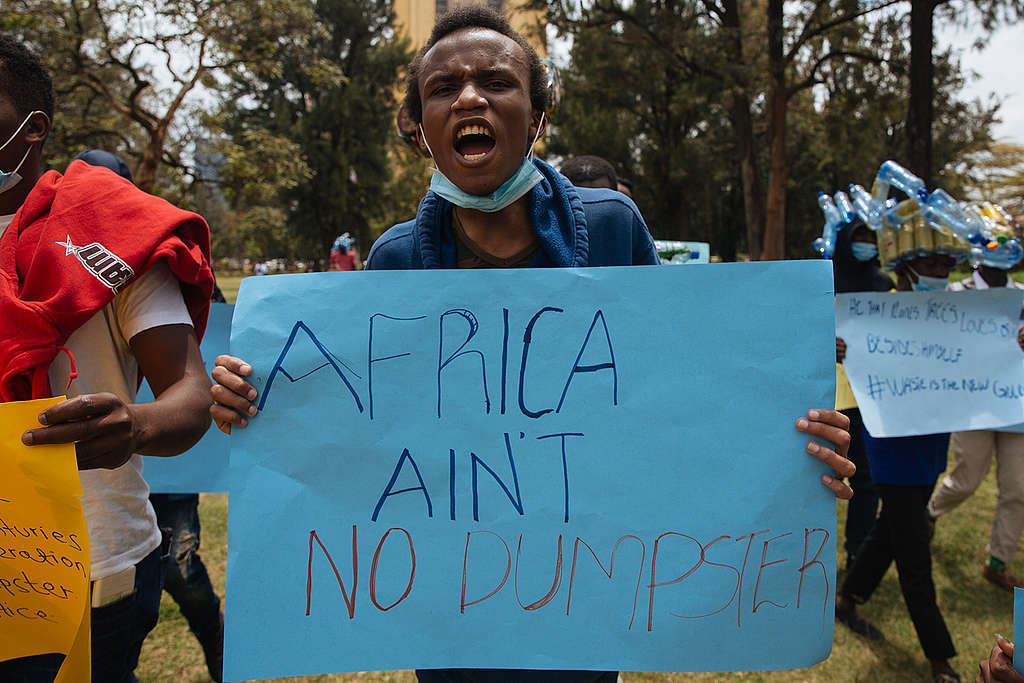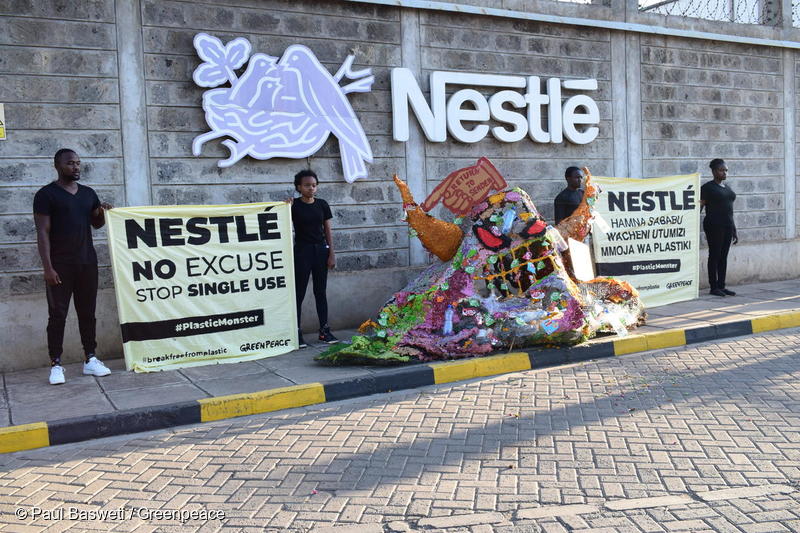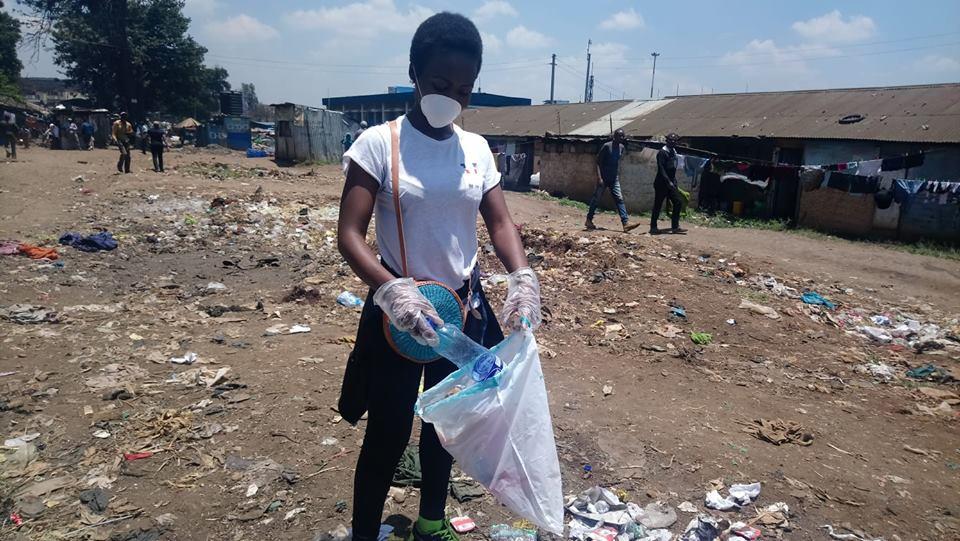
This August marked 3 years since Kenya instituted a ban on single-use plastic carrier bags. So many things have happened since this ban came into effect 3 years ago. Regulations to guide the implementation have been developed. Alternatives to single-use plastic carrier bags have been established majorly by local entrepreneurs; women groups, youth and local businesses.
Many African countries are leading the world in finding solutions to plastic pollution through legislative mechanisms such as bans. In total 35 African countries have come up with bans barring production and the use of single-use plastic bags and materials. Mozambique is the latest to institute a ban on single-use plastic bags. Africa has been lauded as a leader in finding solutions to the plastic challenge. Yet, there is still more that needs to be done to void the continent of the plastic problem.
For a long time since the advent of plastic materials, many of the world’s top plastic polluters have managed their plastic waste by dumping it in other regions. China used to take the majority of these plastic waste. However, studies indicate that following China’s foreign waste ban in 2018, plastic waste from these largest polluters has nowhere to call home. Reports indicate that these polluters could be targeting Africa as the next dumping ground. Recent lobbying by the American Chemistry Council (ACC) to the United States (US) Representative to include terms in the upcoming United States-Kenya trade agreement making it easier to export plastic waste to Kenya confirms the efforts by developed countries to find a new home in Africa to dump their plastic waste.
These top polluters are used to exporting their plastic problems to developing countries with little concern about the harm these exported plastic cause to communities in countries where they dump them. Before the ban on single-use plastic bags in Kenya, many communities bore the brunt of plastic pollution. From a littered environment, flooded streets and homes as a result of plastic blockages to dead rivers and marine life due to choking on plastic waste. For a country that has made so much strides in fighting plastic pollution that Kenya is, it will be a step in the wrong direction to allow importation of plastic waste into the country.
The Kenyan Ministry of Trade, Industrialisation and Enterprise Development through the Cabinet Secretary released a statement stating that Kenya will not agree to the American Chemistry Council proposal. It is important that the Ministry keeps its word and says NO to the proposal by the American Chemistry Council that is likely to come. Flooding Kenya with imported plastic materials will reverse the gains attained by the ban on single-use plastic carrier bags and will subject many Kenyans to the suffering they endured before the ban.
Many Kenyans are concerned about the reversal of the government’s commitment. News that Kenya is likely to go back on its commitment about plastic pollution has received a lot of concern from all Kenyans on social media platforms. This shows how plastic pollution has affected many Kenyans and a ban is the only solution that seems to provide a relief for Kenyans.

The Kenyan government through the Ministry of Trade, Industrialisation and Enterprise Development has a duty to safeguard Kenyans. Importing plastics in the guise of recycling will not only affect Kenya’s commitment to Africa’s plastic free vision, but also put many Kenyan livelihoods and lives at risk. Plastic waste creates massive environmental, economic and social challenges. Importing plastic waste will add an extra burden to the Kenyan tax payers of getting rid of plastic waste generated outside Kenya.
The challenges faced by leading plastic polluters in getting rid of the plastic waste underscores the urgent action required in dealing with waste problems at the source. The world cannot recycle itself out of the plastic problem. Statistics indicate that even in proactive regions with the highest recycling rate of plastic materials such as the European Union, the rate of recycling was only around 40% in 2015. Over 90% of the plastics ever produced have not been recycled. Recycling systems can’t keep up with the plastics that the world produces.
Kenyan government needs to honour its commitment by dropping discussions about plastic importation in its upcoming trade deal with the United States. Instead, Kenyan authorities need to extend its responsibility by imposing a ban on production and use of all single-use plastic materials. In addition, the public needs to come together and build a consensus on the need to move away from disposable plastics and embrace quality life that is free of plastic challenges. Policies and funds for research and development alongside piloting of new product delivery systems that sustain the local economy and move away from plastics need to dominate Kenya’s development and engagement agenda. Plastic importation is detrimental to the Kenyan economy, environment and social well-being of all Kenyans.
Amos Wemanya is a Greenpeace Africa Plastic Project Campaigner based in Nairobi, Kenya.
This op-ed was originally published by Science Africa on 30 September 2020.
 Get Involved
Get Involved
